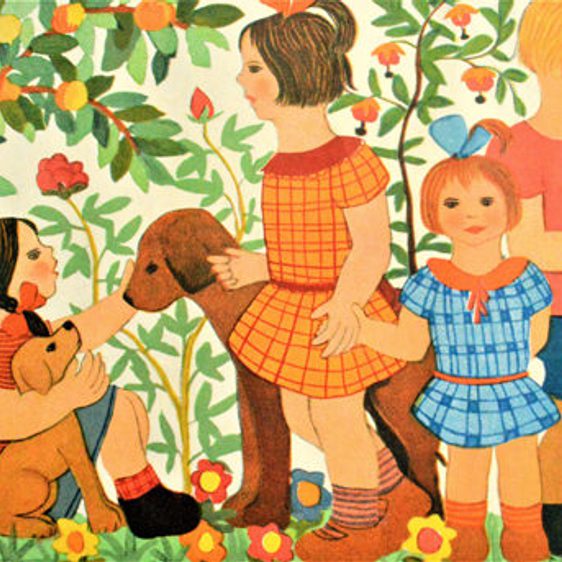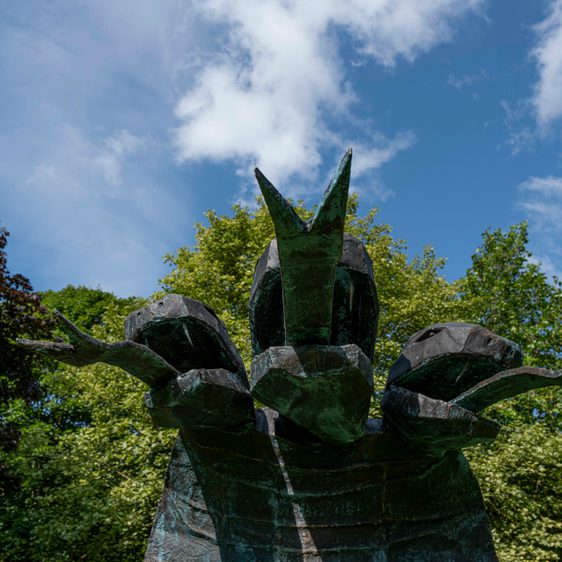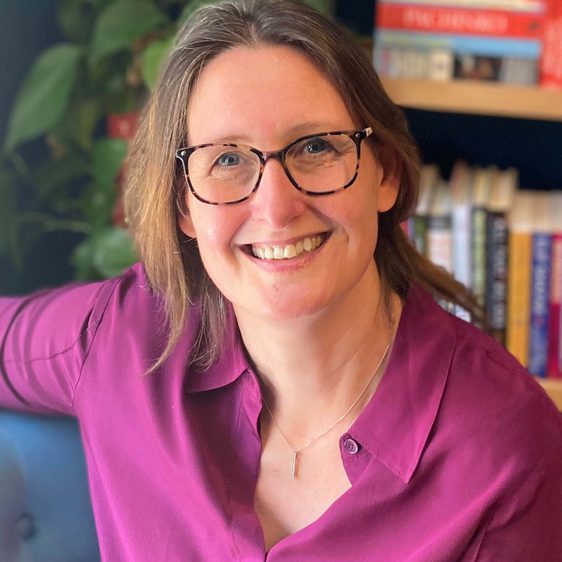
About Mary Martin Thomas: A Classical Art Education 1927–30
This exhibition – via Thomas' work and other documentary evidence – provided an insight into the nature of art training at the time and the way in which one particular student responded to that training.
This collection not only reflected the structure and rigorous expectations of the Diploma in Art and Art Teachers’ Certificate courses in the inter-war years, but also the emphasis that was placed on the training of hand, eye, visual memory and technical skills as well as their systematic examination. The Board of Education’s Drawing Examinations in Life, Antique, Memory and Knowledge, Architecture, Anatomy and Perspective defined the syllabus and set the conditions within which students like Mary Martin Thomas were taught and their degree of competence in all areas assessed. The examination papers on display and examiner’s comments reveal the criteria against which her ‘mastery’ and accomplishments were judged. In this milieu it is equally important to note the diligence and search for understanding that distinguishes her work and in some examples, most notably, her architectural studies and book cover designs, reflect a very high order of skill and technical acuity.

Mary Martin Thomas was a student at York College of Art between 1927 and 1930.
Her education and training was ‘classical’ as well as instrumental in that it embodied an order and proportion that was rooted in an academic and intellectual understanding as well as a refined recording of forms, patterns and designs underscored by studies in the history of art. It was classical too in the very real sense that much of this understanding could be found through an acute grasp, measurement and representation of the antique form through close observation and drawing. The skills, knowledge and values that constituted her education and training were, at that time, held as an essential prerequisite for the art student and the putative art teacher.
Mary Martin Thomas (later Parkinson) is both enigmatic and emblematic. There is no known photograph of her, nor is there any other biographical information that can be traced to complement the work currently on display apart from her addresses in York, Sheffield and Huddersfield. She is emblematic therefore, in that we can only know her through this work and that in turn reflects a time, a place and a set of experiences that would have shaped many art students and art teachers in the late 1920s and 1930s. Influences from the early part of the 20th century and the legacy of this form of education are reflected in other supporting images and documentation. The writing patterns of such luminaries as Marion Richardson and other contemporary publications, or the continuing attention to analytical drawing and the refinement of technical skills provide a very particular insight into the influence and evolution of art education and training from applied art to design in the last century.
You might also like
More- News

National Arts Education Archive’s children’s wartime art collection gains UNESCO recognition
25 April 2025 - Art Outdoors

Jordy Kerwick: Hydra vs Bear
Hydra vs Bear shows an epic battle between the gigantic water serpent from Greek mythology and a two-headed bear. - News

Staff Profile: Laura Keene, Programme Assistant at YSP
14 October 2025 - Profile

Sam Henney